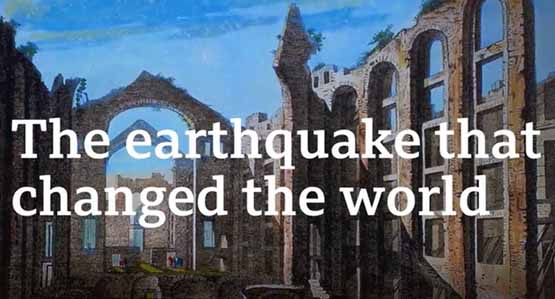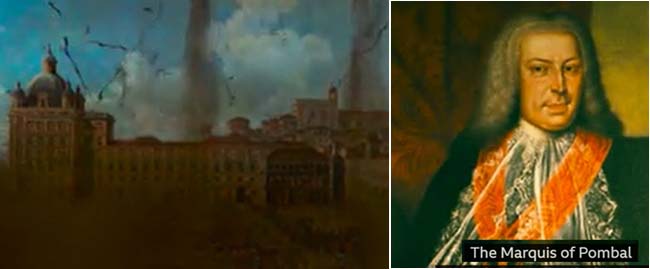 There have been many events that have changed the world – the invention of the wheel and the discovery of electricity among them. However, it is not often that the destruction of a city marks a significant milestone in the progress of humankind. Yet, it is for this reason the 1st of November 1755 has had a momentous influence in how we view the world and enabled the beginnings of a new science to be born.
There have been many events that have changed the world – the invention of the wheel and the discovery of electricity among them. However, it is not often that the destruction of a city marks a significant milestone in the progress of humankind. Yet, it is for this reason the 1st of November 1755 has had a momentous influence in how we view the world and enabled the beginnings of a new science to be born.
On that day, a powerful earthquake struck Lisbon, the capital of Portugal. What followed was a tsunami and fires which engulfed the city and brought chaos and devastation. It is believed to have led to between 60,000 and 100,000 deaths.
These events happened during All Saints Day, a day to commemorate all the saints of Christianity when the majority of the city was attending mass. The timing and resulting destruction of up to 85% of all buildings including palaces, libraries and churches led to many questioning their belief in god and reality and would have pronounced effects on the development of atheism.
After the disaster had taken place, the Marquis of Pombal was tasked with rebuilding the city. He sent surveys to all parishes in the city with a series of questions including ‘how long did the earthquake last?’, ‘how many aftershocks were felt?’, ‘what kind of damage was caused?’ and ‘did animals behave strangely?’. This information was analysed in the first attempt to provide an objective description of the broad causes and consequences of an earthquake. According to Maria Joao Marques from the Quake Lisbon Centre, “One could say that November 1, 1755 was the birthdate of seismology”. In fact, so useful was the information that modern day scientists can tell us that the magnitude of the earthquake was 8.5-9 on a Richter scale and locate the place it originated along fault lines.

The Marquis of Pombal went further and took steps to make sure the newly built buildings would be able to withstand future earthquakes. He built buildings with a flexible, wooden frame that would shake but not fall during earthquakes. Legend has it the resistance of the new buildings were tested by marching troops around them to simulate earthquakes. To this day, many of these buildings remain standing in Lisbon. It is clear the events of that day had a seismic effect on humanity’s perception of reality and certainly in how we address earthquakes and future natural disasters.
